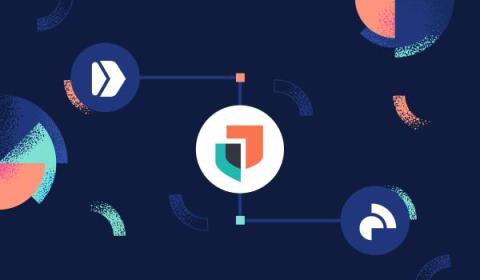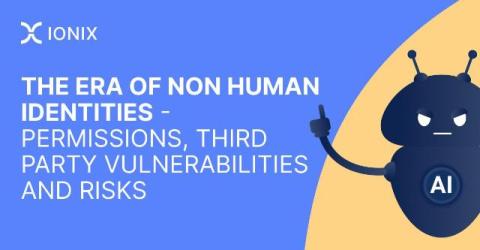IAM funding challenges? Think like a business leader
A couple of weeks ago, we started talking about cybersecurity spending and how we, as security professionals, need to rethink prioritizing those budgets to match the cyber threat landscape. One key takeaway: identity and access management (IAM) is chronically underfunded compared to other, more glamorous security initiatives.











